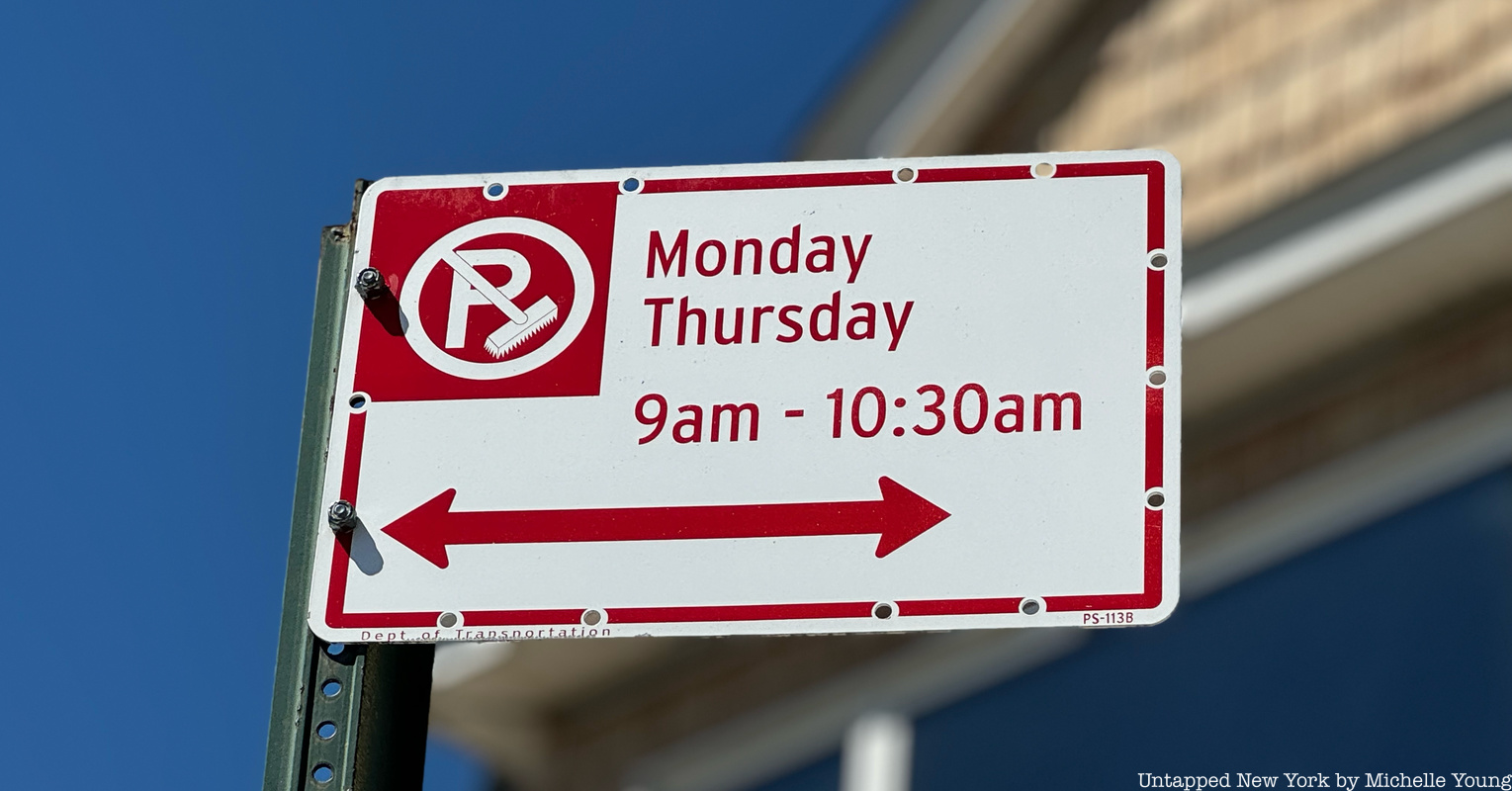Car owners in New York City know all too well the twice-weekly, 90-minute car shuffle that allows street sweepers to clean up the city. The history of Alternate Side Parking (ASP) is complex and continues to be a sore subject for most New Yorkers. The labyrinth of rules can be costly if not complied with and parking restrictions can delay a New Yorker’s hustle. Vehicle owners and motorists who linger into scheduled street cleaning times risk being slapped with a hefty fine–in some cases, your vehicle could get towed or dressed in a boot. So, how did NYC’s alternate side parking brouhaha come to be?
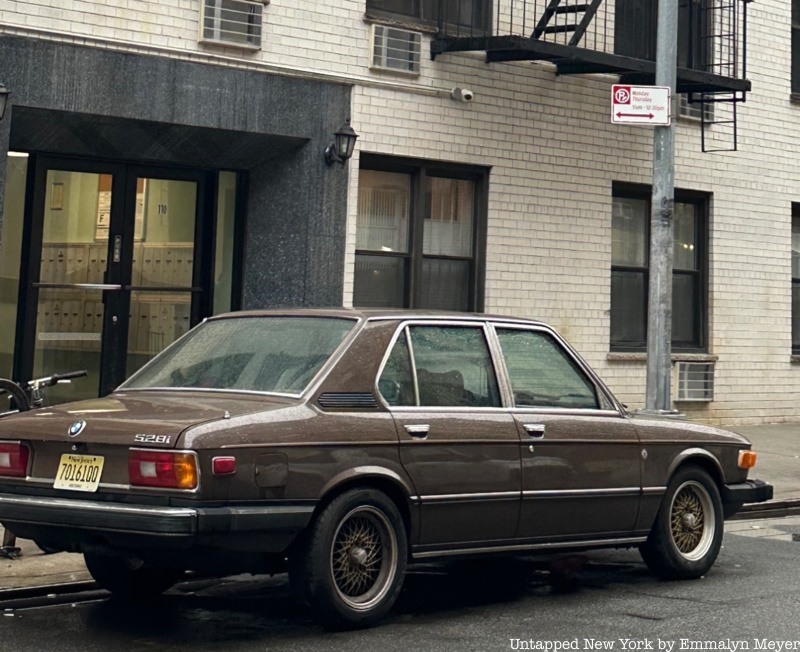
The debut of ASP dates back to 1950. The policy initially surfaced as a test by the traffic and sanitation departments to address the city’s emerging garbage crisis. Sanitation Commissioner Andrew Mulrain, appointed in 1949, was the city’s crusader for ASP regulations. The program created scheduled times for the city to remove accumulated debris littering the streets without the interference of parked cars. Mulrain preached to fellow city dwellers that parked cars exacerbated the garbage issue. Pieces of trash could get stashed away between and under parked vehicles cued along the city’s sidewalks.
It was a program that emerged from a growing metropolis stuffed with motorists and the congestion that followed. ASP proved successful in allowing the city to clean up its act (or rather its streets), so over the next decade or so, ASP gradually swept into all five boroughs. The first ASP regime was in effect five hours a day, three days a week. Cars that stood in the way of sanitation trucks were often towed immediately and impounded. Owners had to pay a $15 ticket violation and a $10 fee to release their vehicles. To offer some perspective, that would set back New Yorkers over $300 today.
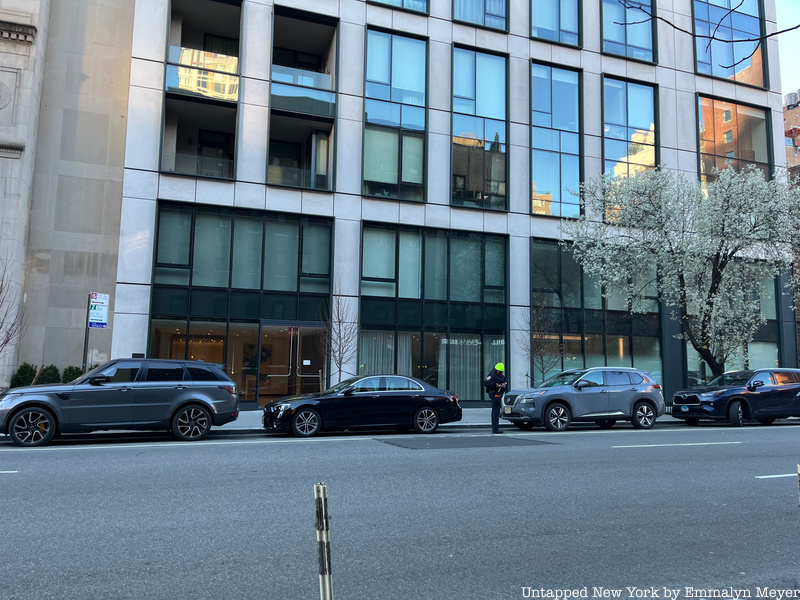
The backlash among New Yorkers with vehicles was almost immediate during the Mulrain era. In 1953, the Automobile Club of New York sent a letter to protest the “unnecessary” strain of ASP for motorists and called for sweeping hours to be trimmed down. Over the years, the assigned hours and amount of days allocated to street cleaning have eased from those of the 1950s. The city has also grown and changed in many other ways.
In 2010, the population of Manhattan hovered around 8.1 million, a nearly one million-person increase from 1950. More people bring more cars and more trash into the city, thus creating more parking debacles. The Department of Sanitation has brought the issue to TikTok and X (formerly Twitter). The Department uses an influencer-eske voice to convince people to move their cars for the sake of a clean city.
#NYC: we all love a good performance, but our Brooms don’t have time to dance around. Please move your car for Alternate Side Parking. #ballet pic.twitter.com/5pjqdRF3LP
— NYC Sanitation (@NYCSanitation) August 22, 2022
Alternate Side Parking restrictions were reduced during the city’s pandemic shutdown. Street cleaning was cut to once a week. Since regular ASP policies were reinstated in 2022 under current Sanitation Commissioner Jessica Tisch, petitions have flourished to reverse the ruling. Not only has the city brought back the pre-COVID, twice-weekly dance between car owners and sanitation trucks, but there is a proposal by Brooklyn Councilman Lincoln Restler to raise the fine for subsequent offenses to $100.
In a statement with Spectrum News 1, Restler said, “By failing to move our cars, the streets are getting dirtier. Rats are getting infested in our neighborhoods. We need to do more to clean up our streets – we need to look out for our neighborhoods.” Restler notes that this increase is not set out to hurt drivers who occasionally forget to move their car, but rather to target drivers who choose to absorb the fines. This introduces the argument that parking fines, in most areas of the city, are lower than parking rates, so car owners resort to on-street parking as their own personal parking structure.
There is no cap on the amount of tickets a car owner can accumulate, but there is a deadline for payment and a cap on the total value of tickets. Of course, there is also a risk of getting your car towed or booted (handled by NYPD). Savvy New York drivers, however, know to pay fines immediately and avoid those harsher consequences. Violators have 30 days to pay; otherwise, penalties and interest will be collected. If ticket violations reach more than $350, then the city will resort to booting or towing that vehicle. Still, that price tag is a screaming deal compared to a monthly garage subscription which can cost over $500.
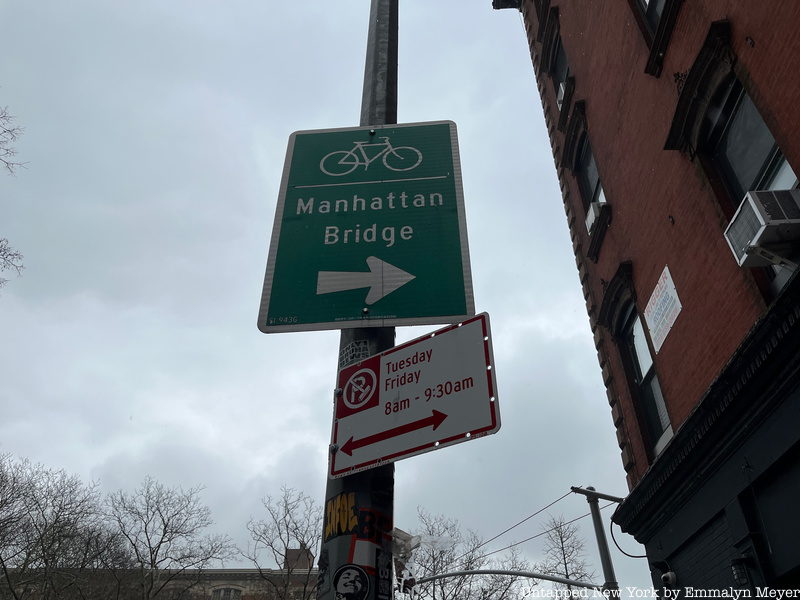
Michelle Young, Founder of Untapped New York, shared her take on the issue as a car owner. “If you own a car in New York City, you should pay the affiliated costs associated with that ownership, which should include storing and parking your car. Our streets were laid out before the advent of widespread car ownership and were not designed to sustain two rows of car parking, car traffic, buses, cyclists, and trucks. Something’s gotta give, and I believe we are now at that breaking point. In an ideal world, I’d advocate removing one lane of parking and monetizing the other. For wide streets, monetize both. And we still need a system to keep our streets clean.”
Young reflected on the approaches of other cities and the different tech-adept solutions. For example, in Portland, Oregon, the Transportation Wallet program encourages residents to drive less, offering multimodal transportation incentives like transit or bike-share passes in place of on-street parking. Young also said, “One of the arguments pro parking is that some neighborhoods are transit deserts and underserved. But then the state and city need to also account for that in their transit planning, not continue to offer free parking city-wide.”
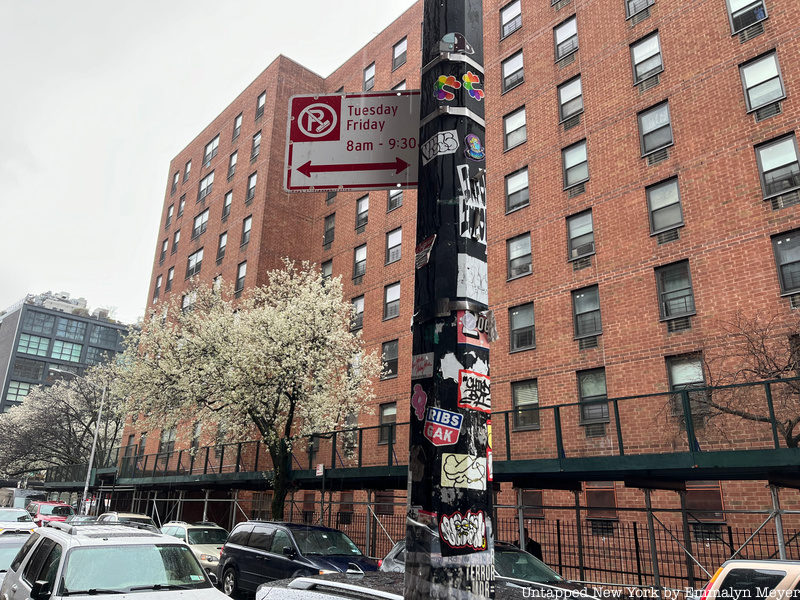
Janos Marton, Dream.Org Chief Advocacy Officer and former candidate for Manhattan District Attorney, also chimed in on the issue, “I’m not convinced alternate side park does much other than cause thousands of cars to double park or idle every day while they hover to reclaim their parking spots. Certain streets probably do need to be cleaned at regular intervals, but for others, this production isn’t the best way to keep streets clean and organized.”
Not all New Yorkers think ASP should be canned. Some New Yorkers defend ASP, citing its efficiency to absolve the crisis of street trash. Longtime Manhattan resident, Leila Junious, praises ASP and noted its necessity. “My street was always filled with trash and clutter. All my neighbors would complain so although it can be a pain sometimes, we really need it (twice-weekly sweeping),” she said.
For some city businesses, losing parking would mean losing customers. In 2022, after the city brought back twice weekly street sweepings, Manhattan Borough President Mark Levine remarked that he strongly approved ASP and its utility in cleaning up New York. In an article by the Gothamist, Levine nodded to the 42 alternate side parking suspension days each year that could allow cars to remain parked for as long as two weeks.
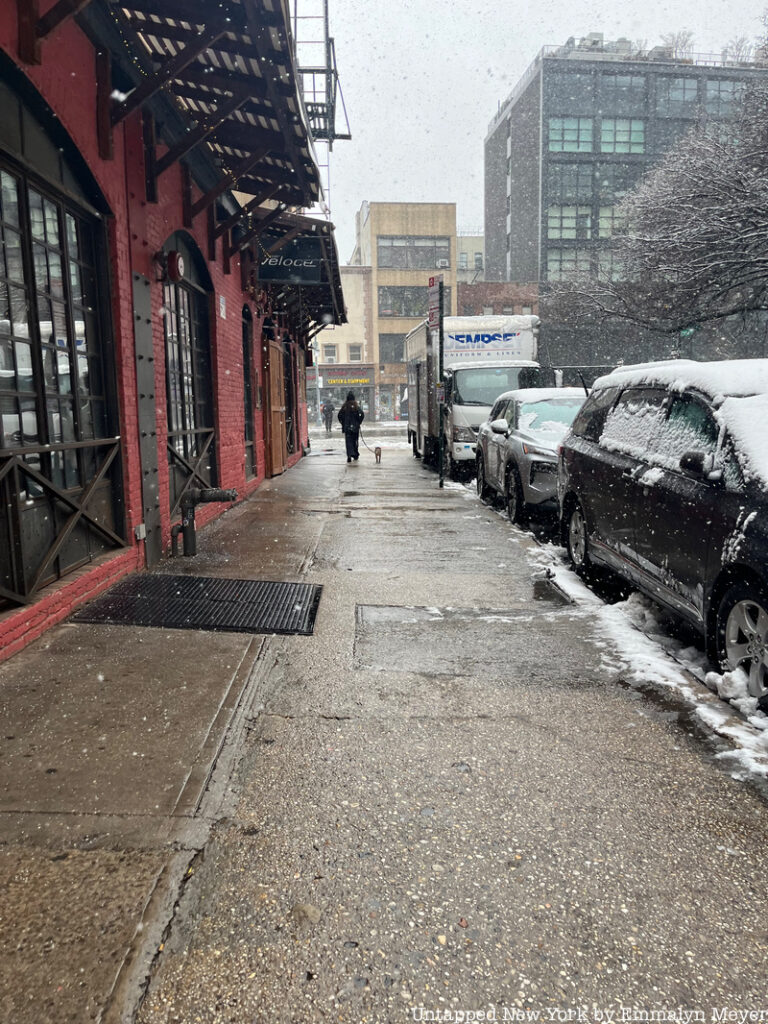
Alternate Side Parking was the city’s answer over 70 years ago and continues to stand today. The policy’s rules are hot on communities’ agendas as the city grows and the proliferation of cars on streets continues to swell. Debates continue on whose responsibility it is to clean up the streets and what the appropriate consequences are to deter non-compliance.
Next, check out 10 Forgotten Examples of NYC’s Car-Centric History






